Controlled vinification
For our Côte de Brouilly
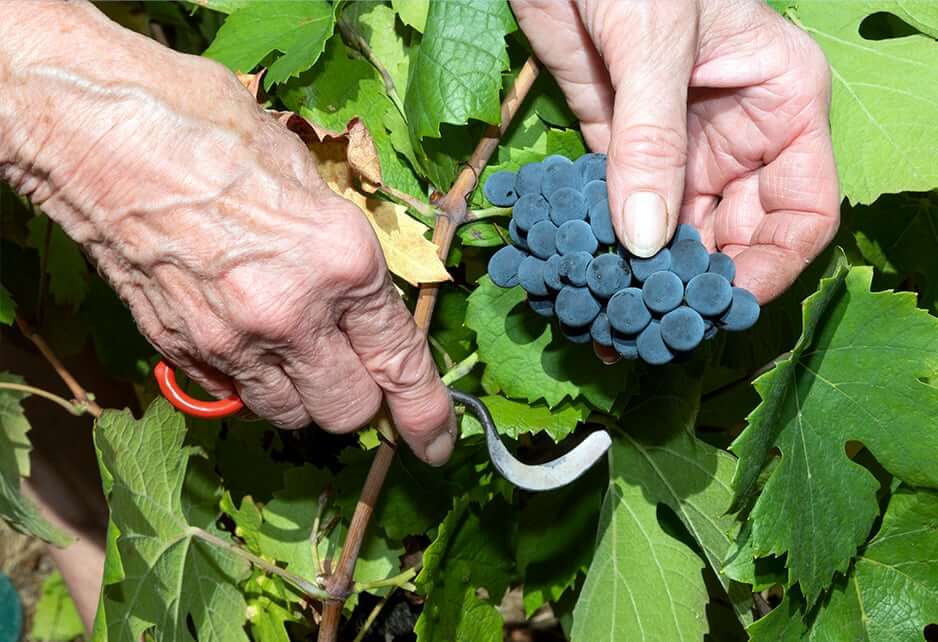
The grapes are picked by hand. The grapes are transported in small containers to avoid staying too long in the vineyard and preserve their integrity. The vatting is done by gravity to prevent grape deterioration.
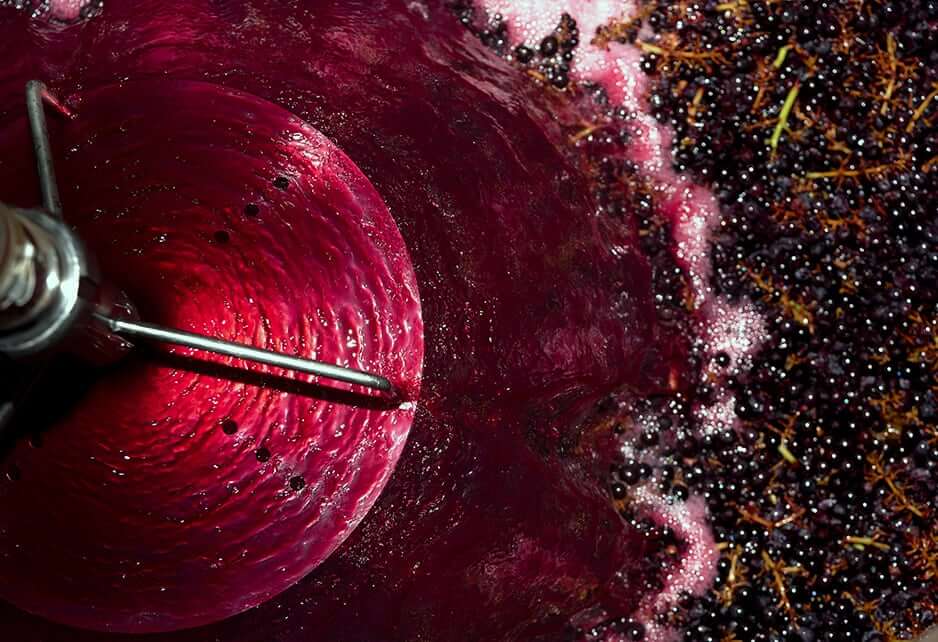
The vinification is therefore done in whole bunches with semi-carbonic maceration. This type of vinification is traditional in the Beaujolais region. No CO2 is added. It occurs naturally in the vat under the effect of the respiration of the plant cells of the grape bunch and under the effect of the alcoholic fermentation due to the yeasts naturally present on the grapes.
This low-temperature maceration allows the maximum amount of matter to be extracted and the aromas to be fixed. After a period of 12 to 15 days, long enough to maximise the extraction and not too long to preserve the freshness of the Gamay, the grapes are pressed in a pneumatic press which again allows for a lot of gentleness.
The grapes are then pressed in the same way as the other grapes.
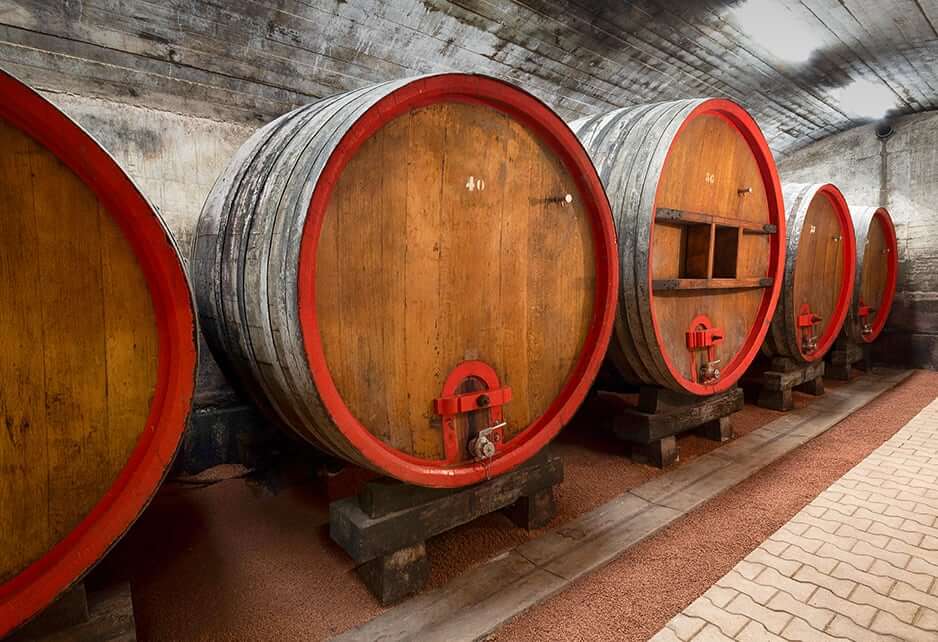
Once the alcoholic fermentation is complete, the wine is aged in oak casks. The choice is to use large containers with aged wood to respect the freshness of the Gamay grape variety and to smooth out the tannins through the exchanges of the wood.
After ten months of ageing in the cellar, the wines are then bottled after transfer but without filtration to allow them to retain the substance necessary for their ageing.
We aim to produce structured wines with a strong ageing potential made possible by a long vinification process, respectful of the soil by keeping the plot identities, silky, refined and full-flavoured by minimising human intervention by preserving the integrity of the grape as much as possible.
For our Effervescence (Blanc&Noir)
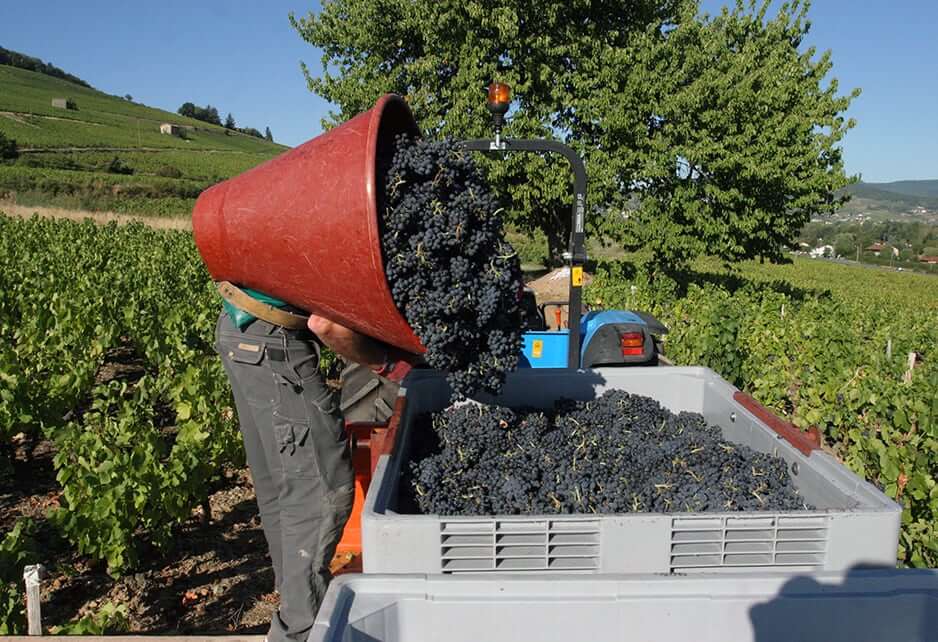
The grapes are picked by hand in the morning to ensure the coolest possible weather conditions.
The grapes are then transported in small containers to avoid them staying too long in the vineyard and then pressed immediately in a pneumatic press. The care given to the pressing and the speed of the vatting process allows the white colour of the Gamay grape juice to be preserved.
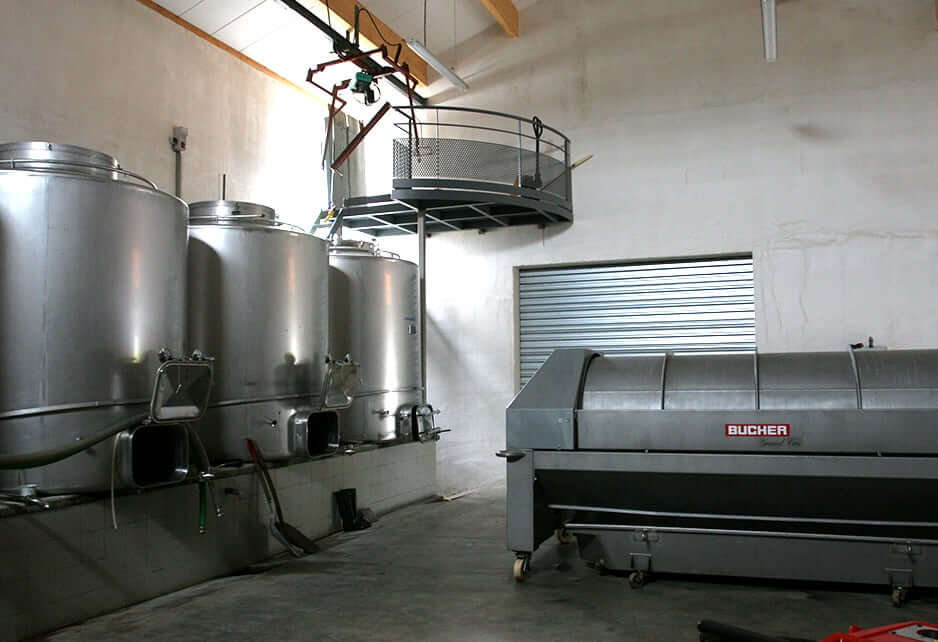
Alcoholic fermentation, therefore, takes place in a homogeneous liquid phase, unlike red wine, and takes place at low temperature to preserve the aroma's finesse.
After a six-month maturation on the lees, the wine is then drawn off into the bottle for its froth setting. It is the phase that allows the still wine to become effervescent. A tirage liqueur consisting of a mixture of sugar and yeast is added to the wine in hermetically sealed bottles.
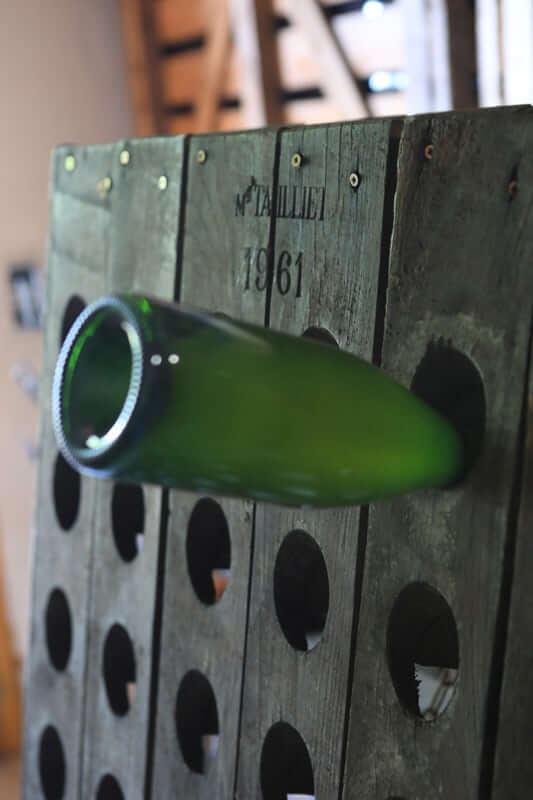
The bottles are then placed horizontally on trays for the yeasts to transform the sugar into alcohol and, above all, into carbon dioxide. This phase is called “mise sur lattes”. A deposit of dead yeast then occurs in the bottle. A long ageing period of 12 to 24 months produces fine bubbles and refined aromas.
To deliver the bottles to the consumers, this deposit should be removed by stirring, tilting the bottles from the horizontal to the vertical position, by rotation and tilting. The bottle is finally opened to expel the deposit, previously frozen, under the effect of pressure. It is the stage of disgorging.
It is then called traditional method or champenoise. It is generally appropriate to add a liqueur to round out the tannins. We have chosen to disgorge without adding any liqueur to preserve the freshness of the Gamay grape variety.
For our Perle de Gamay blanc (Gamay noir à jus blanc)
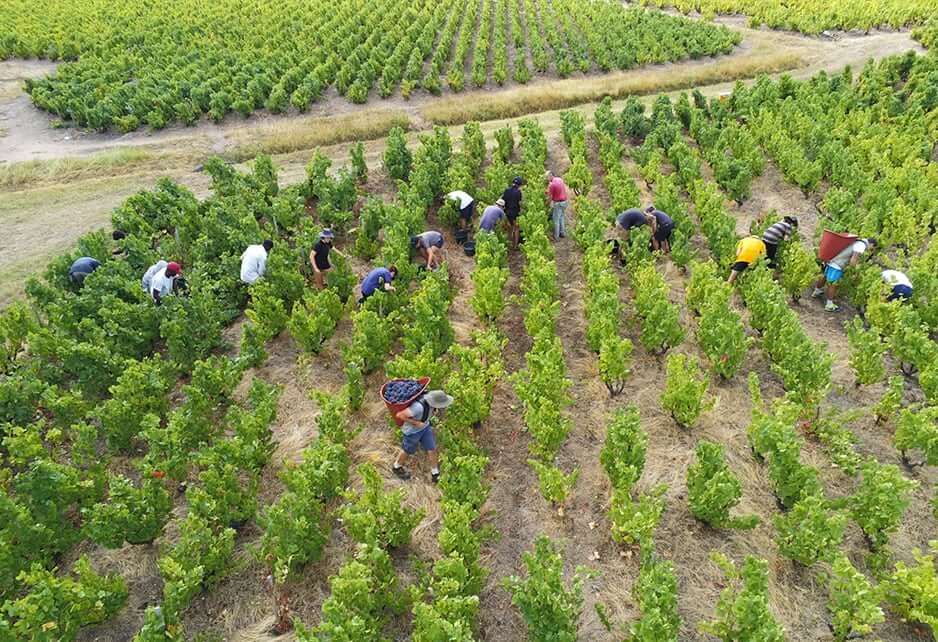
The grapes are picked by hand in the morning to ensure the coolest possible weather conditions.
The grapes are then transported in small containers to avoid them staying too long in the vineyard and then pressed immediately in a pneumatic press. The care given to the pressing and the speed of the vatting process allows the white colour of the Gamay grape juice to be preserved.
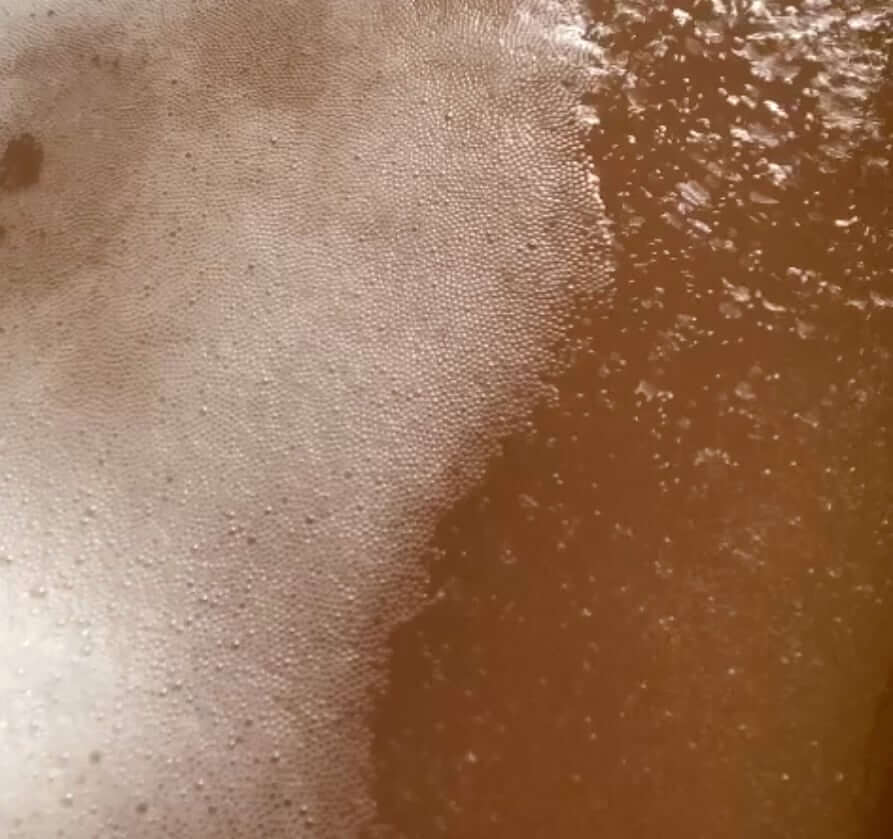
Alcoholic fermentation, therefore, takes place in a homogeneous liquid phase, unlike red wine, and takes place at low temperature to preserve the aroma's finesse.
After a six-month maturation on the lees, the wine is then drawn off into the bottle after its transfer.